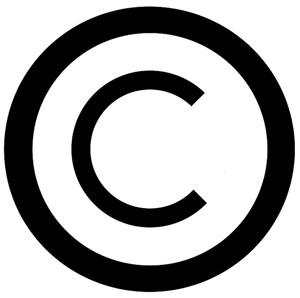Understanding the Copyright Symbol ©: Its History and Modern Use
The History of the Copyright Symbol
The copyright symbol ©, often called the “circle-c”, was introduced in the United States via the Copyright Act of 1909. Prior to this, copyright notices were typically displayed using text only. By establishing a standardized icon, the © symbol helped indicate that an item’s intellectual property rights were enforced, easing international recognition under agreements like the Berne Convention.
The Copyright Symbol in European Union Law
While not mandatory within EU law, the © symbol is commonly used to show that a work is protected by copyright. In tandem with a notarized certificate of protection, this symbol can bolster legal safeguards and discourage infringement.
Berne Convention on Copyright Protection
The Berne Convention specifies that authors of literary and artistic works hold exclusive rights to authorize translations and other reproductions of their work during the copyright term. This treaty ensures that member countries respect these exclusive rights internationally.
How to Use the Copyright Symbol
To include © in HTML, use ©. In many desktop applications, you can also hold ALT while typing “0169” on the numeric keypad. This symbol applies to both digital and printed works, though it’s best backed by verifiable copyright registration.
Online Copyright Registration
Platforms like Copyright.uk offer creators the ability to register their work online instantly. Such registration is recognized in all 176 countries within the Berne Convention, offering far-reaching international coverage for copyrighted content.
Copyright Symbol in Images
Below are some examples of how the copyright symbol can appear in images:



